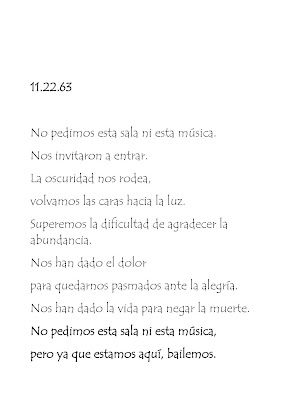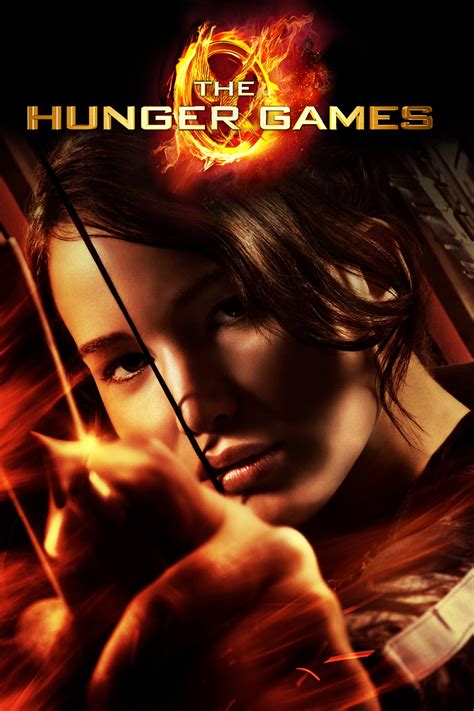The art of film cutting is a crucial aspect of the storytelling process in filmmaking. It’s what transforms a collection of shots into a cohesive narrative that captivates and resonates with audiences. Film cutting, or editing, is not just about assembling pieces of footage in a logical order; it’s an intricate dance of visuals, sound, and pacing that can make or break a film. Here, we’ll delve into over 10 film cutting secrets that can elevate your storytelling and leave a lasting impact on your viewers.
1. Establishing a Rhythm
Every film has its own rhythm, dictated by the length of shots, the type of cuts used, and the sound design. To establish a rhythm that draws your audience in, consider the mood and pace you want to convey. Faster cuts can create tension and excitement, while slower cuts can build anticipation or convey sadness. Understanding the rhythm of your film is key to guiding your audience through the emotional journey of your story.
2. The Power of J-Cuts and L-Cuts
J-cuts and L-cuts are advanced editing techniques that can significantly enhance your storytelling. A J-cut involves hearing the audio from the next scene before you see it, creating a sense of continuity and often used to build anticipation. Conversely, an L-cut involves seeing the next scene before you hear its audio, useful for creating a sense of surprise or highlighting the visuals. These cuts can seamlessly transition between scenes and keep your audience engaged.
3. Montage: A Storytelling Tool
Montages are sequences of shots that convey a passage of time or a character’s development without the need for extensive dialogue or exposition. When used correctly, montages can be incredibly powerful, showing character growth, the passage of time, or even the escalation of conflict. The key is to use them sparingly and ensure each montage serves a specific narrative purpose.
4. Cross-Cutting for Tension
Cross-cutting, or intercutting, involves cutting back and forth between two or more scenes that are occurring simultaneously. This technique is a masterful way to build tension and suspense, keeping your audience on the edge of their seats. By juxtaposing different storylines, you can create a sense of urgency and heighten the stakes, making the outcome more compelling.
5. The Rule of Six
The “rule of six” suggests that every editing decision should be based on one of six elements: emotion, story, rhythm, pace, misdirection, and clarity. This rule serves as a guideline to ensure that your cuts are purposeful and contribute to the overall narrative. By focusing on these elements, you can make intentional decisions that enhance your storytelling.
6. Cutting on Action
Cutting on action refers to the technique of cutting from one shot to another when an action is happening, ensuring a seamless transition. This method is particularly effective for maintaining continuity and making the editing process less noticeable. It keeps the viewer focused on the narrative rather than the editing itself.
7. Reversal of Expectations
To keep your audience engaged and surprised, try reversing their expectations. For example, after a intense, fast-cut sequence, suddenly transition into a slow, methodical scene. This contrast can be jarring in a positive way, keeping viewers on their toes and reinvigorating their interest in the story.
8. Using Sound to Enhance Visuals
Sound design is a crucial element of film editing, often overlooked but incredibly powerful. The use of sound effects, Foley, and music can enhance visuals, provide context, and set the mood of a scene. Consider using sound to lead the viewer’s attention, to heighten tension, or to evoke emotions in a way visuals alone cannot.
9. Emotional Continuity Over Physical Continuity
While physical continuity (ensuring that the physical aspects of a scene, like an actor’s position or props, remain consistent across shots) is important, emotional continuity can be even more crucial. This involves ensuring that the emotional tone and the characters’ emotions are consistent and believable from one shot to the next. It’s what makes the characters relatable and the story impactful.
10. Experimentation and Flexibility
Finally, don’t be afraid to experiment with different cuts, sequences, and pacing. The editing room is where the final story is truly crafted, and what works on paper might not work on screen. Be open to trying new things and making significant changes if they serve the story better. Flexibility is key to creating a compelling narrative.
11. Learning from the Masters
Study the work of renowned film editors and directors. Analyze their editing choices, pacing, and how they use different techniques to tell their stories. Understanding what makes a scene or sequence successful can provide invaluable insights into your own editing decisions.
Conclusion
Film cutting is an art form that, when mastered, can elevate your storytelling to new heights. By applying these secrets, you can craft a narrative that is not just engaging but also memorable. Remember, the key to successful film editing is to serve the story above all else, ensuring every cut, every sound choice, and every pacing decision contributes to a cohesive and impactful cinematic experience.
FAQ Section
What is the primary goal of film cutting in storytelling?
+The primary goal of film cutting is to assemble shots in a way that creates a cohesive narrative, evokes emotions, and guides the audience through the story, ensuring that every cut, sound, and pacing decision serves the broader narrative.
How can I use film cutting techniques to build tension or suspense?
+Techniques like cross-cutting, fast-paced cuts, and strategic use of sound can significantly build tension or suspense. Cross-cutting between different scenes, especially when events are unfolding simultaneously, can create a sense of urgency and raise the stakes, making the outcome more compelling.
What role does sound play in film cutting, and how can it enhance storytelling?
+Sound plays a crucial role in film cutting, capable of enhancing visuals, providing context, setting the mood, and evoking emotions. Through the strategic use of sound effects, music, and Foley, editors can lead the viewer's attention, heighten tension, and create a more immersive experience that complements and amplifies the visual narrative.
In the realm of filmmaking, the art of editing is a delicate balance of artistry and technical skill. By mastering the secrets of film cutting, filmmakers can unlock the full potential of their stories, engaging audiences on a deeper level and leaving a lasting impression. Whether you’re a seasoned professional or an emerging filmmaker, understanding and applying these techniques can elevate your craft, making your stories more compelling, memorable, and impactful.



